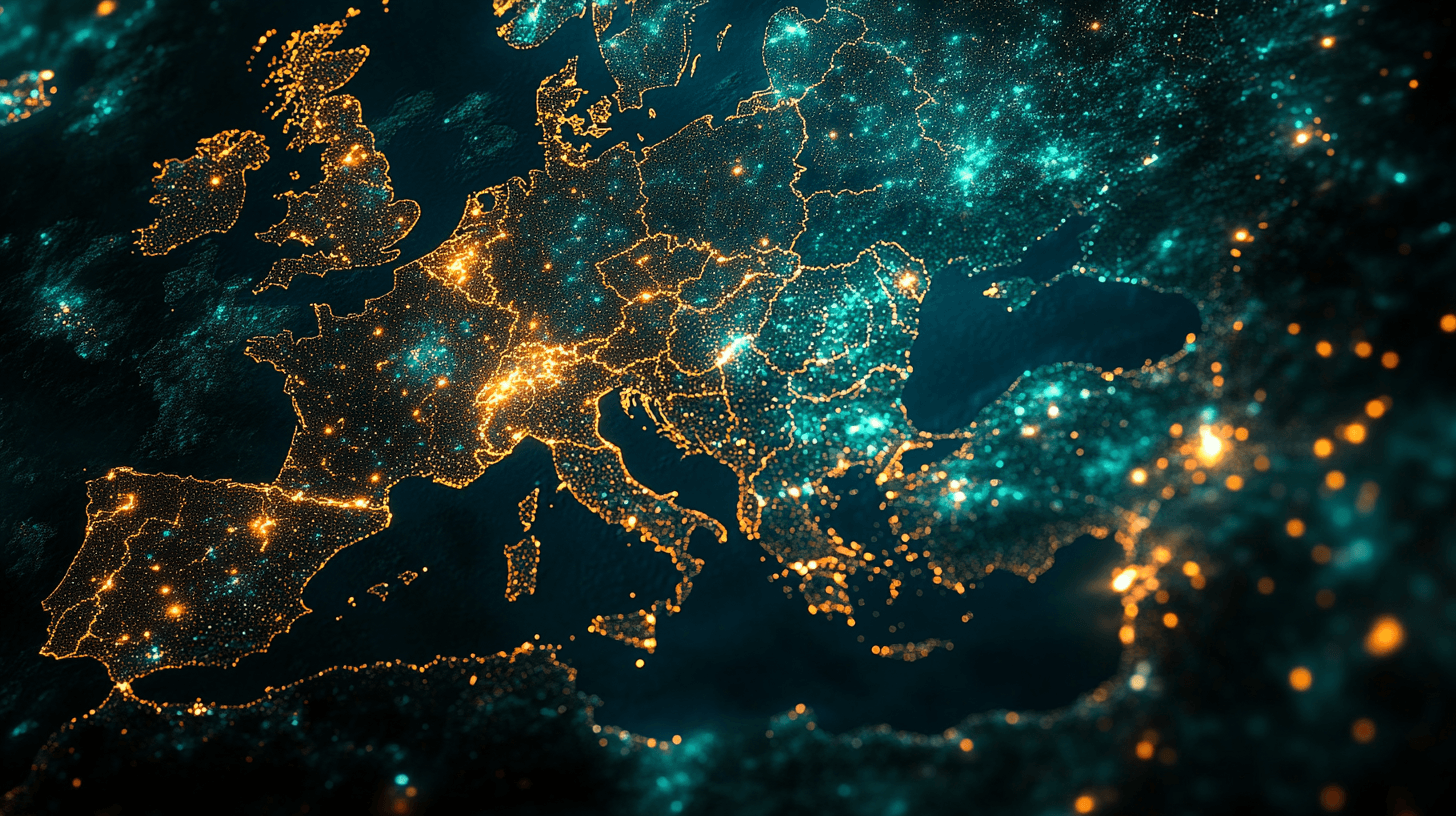Talks for curbing plastic pollution collapse as production surges
Plastic production is set to quadruple by 2050. In this episode of Behind the Figures we look at the plastic production and consumption numbers.
Published on December 4, 2024
.png&w=2048&q=75)
Mauro swapped Sardinia for Eindhoven and has been an IO+ editor for 3 years. As a GREEN+ expert, he covers the energy transition with data-driven stories.
After intense negotiations of Baku’s COP29, it was time for another United Nations (UN) summit, the fifth UN Intergovernmental Negotiating Committee (INC-5). Negotiators worldwide convened in Busan, South Korea, to discuss a treaty to curb plastic pollution, but they failed to reach an agreement.
Talk between representatives from over 170 nations collapsed as they could not agree on a regulation to cap plastic production. Panama proposed a pathway to create a global plastic production reduction target, receiving the backing of over 100 countries. Oil-rich countries, led by Saudi Arabia, refused to agree. As a result, discussions have been postponed, although world nations have previously decided to set a binding agreement by 2024.

About Behind the Figures
In Behind the Figures, we examine one figure in every episode. Using charts and graphs, we break down the figures and provide context to help you make more sense of them.
In 2022, over 400 million tonnes of plastics were produced globally. Global consumption has skyrocketed since the turn of the century, with more than half of the plastic ever manufactured since 2000. According to some estimates, plastic production will quadruple in 2050 compared to 2019 levels.
Not only is plastic waste endangering the environment, but it is becoming a concern for human health. Microplastics have been found inside human semen, reducing sperm count and causing hormone abnormalities. A 2023 report by the UN highlighted how exposure to plastic chemicals is particularly hazardous for women and children. Exposures during fetal development can, for instance, result in neurodevelopmental disorders.
What do we use all of this plastic for?
As the chart above shows, plastic production has exploded in the past few decades. You might wonder where all the 400 million tons of plastic produced yearly go. As shown by figures by trade association Plastics Europe, 44% of world’s plastic production is for packaging, and 18% is for building and construction applications.
The same report also zooms in Europe’s production figures. In 2022, Europe produced over 58.7 million tons of plastics. The two main markets were packaging and building applications.
Zooming out on the amount of plastics produced by world countries, China has the lion's share, as it manufactures almost a third of the total. The rest of Asia–excluding Japan–and North America follow suit. 9.4% of all this plastic is considered circular–either bio-based or mechanically recycled.
Who produces more waste?
Every year, the world generates 350 million metric tons of plastic waste– nearly as much as the amount of new plastic it produces. According to Plastic Overshoot Day's latest report, Belgium has the highest amount of plastic waste generated per capita, with 147.7 kilograms per person. In absolute terms, China is by far the largest producer, with over 550.000 kilotons generated per year, nearly double the amount of the United States.
The Netherlands ranks seventh for plastic waste generation per capita, with 91 kilograms per capita. Total waste generation equals 1,593,923 tons.
How is this waste being handled?
On top of the soaring numbers for production, only 9% of plastic globally produced is recycled, with the rest being either incinerated, landfilled, or ending up in the environment. Seas and oceans suffer the most. An analysis conducted by the World Economic Forum showed how a third of the 78 million tons of plastic packaging waste generated yearly enters the oceans. This means that the equivalent of the litter in a garbage truck ends up in the sea every minute.
According to figures by the Organisation for Economic Co-operation and Development (OECD), 49% of the world’s plastic litter is landfilled, 22% is mismanaged and uncollected, and 19% is incinerated.
With recycling being a minimal part, some practices work better. As shown by Plastics Europe, recycling rates are 13 times higher when separate waste collection is enacted than when mixed collection schemes are enacted. Narrowing it down to packaging waste, recycling rates can be 80 times higher than mixed collection. The same report shows how the Netherlands leads the way in overall plastic recycling rates, with over 45% of plastic garbage being recycled.
Europe’s targets
While global negotiators failed to agree on regulation, Europe has already set targets in order to improve its circularity and recycling efforts. In this sense, the EU cornerstone’s law is the Waste Framework Directive (WFD), which sets the basic concepts for waste management and recycling targets.
Currently, most of the plastic produced worldwide is for packaging. Under the WFD umbrella, the Packaging Waste Directive (PWD) also aims to reduce garbage streams and promote reuse. By 2030, the regulation aims for 70% of recycling – 2021 figures showed a 64% recycling rate. Additionally, the PWD sets reduction targets, prescribing member states to ban single-use items and encourage the uptake of reuse and refill options.
Countries to reconvene in 2025
Talks for a global plastic treaty have been postponed to INC-5.2. Given the urgency of the topic, many negotiators called to get back into the discussion promptly. “When we reconvene, the stakes will be higher,” said Panama’s delegation head, Juan Carlos Monterrey Gomez.
